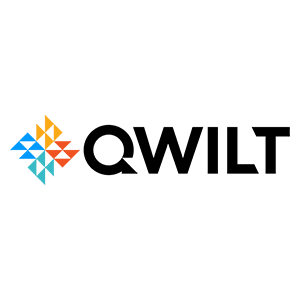Project Status:
In Progress
Start Date:
December 2020
In Planning
Completion Date:
July 2021
TBD
Overview
Virtual Reality is moving more mainstream for certain use cases (like video streaming and gaming) as head-mounted displays (HMDs) become more accessible, lower priced, and less restrictive (i.e., six degrees of freedom). But producing video for streaming to a virtual reality endpoint (like an HMD) requires a more complicated workflow, with specialized equipment, such as different cameras and software. This, along with other factors, can contribute to more latency within the workflow and delivery. And, unlike regular streaming video where latency may just cause buffering, latency within a VR environment may cause nausea.
Objectives
The objectives of this PoC are:
- Define end-to-end virtual reality workloads for VR streaming
- Determine network latencies and bottlenecks
- Analyze and collate data from end-to-end VR streaming tests to HMDs and other VR end-points
- Determine best practices and a set of recommendations to lower the latencies that impact the VR streaming viewer experience
Results
Results for this POC are not yet available.
POC Phases
This PoC has three primary phases:
- Architect the VR workflow. The goal in this phase is to define what the end-to-end streaming VR workflow looks like. What components are involved and which might add latency.
- Test and gather data. In this phase, content is run through the end-to-end workflow and latencies are measured throughout.
- Workflow tuning. This phase involves making adjustments to workflow components to improve the latencies that were uncovered in the second phase.
- Recommendations. The final phase is to produce a document which recommends modifications to workflow technology and network configurations to improve the latency.
Related Project
Participating Companies









